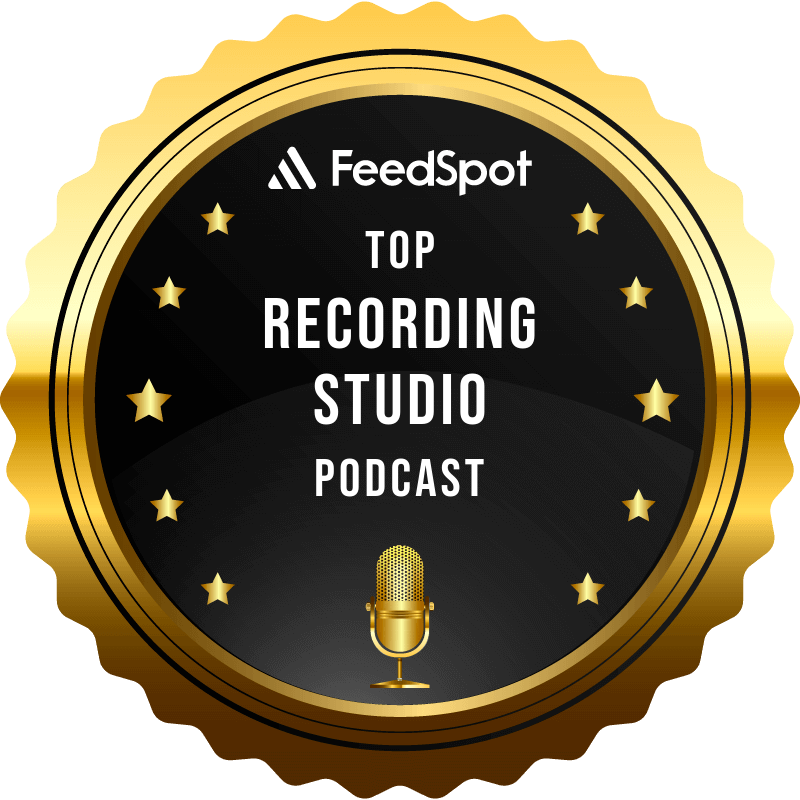Corrective EQ vs Sweetening EQ
Every mix engineer knows EQ is essential, but not all EQ moves are created equal. Sometimes you’re cutting out problem frequencies, other times you’re adding shimmer, air, and character. In this episode of Inside the Recording Studio, Chris and Jody divide and conquer the worlds of corrective EQ vs sweetening EQ — breaking down definitions, approaches, and how each style shapes the sound of your mix.
So what’s the difference? Corrective EQ is all about fixing issues. It’s the audio equivalent of cleaning up clutter in a room—removing mud, harshness, or resonances that distract from the performance. Think rolling off rumble on a vocal track, taming boxy guitar mids, or cleaning cymbal hash. Corrective EQ is practical, problem-solving, and sometimes downright necessary.
Sweetening EQ, on the other hand, is about enhancing and flattering the sound. It’s where you add warmth, sparkle, or that extra something that takes a track from good to inspiring. Boosting low end on a bass guitar for weight, adding air to vocals for clarity, or giving acoustic guitars sheen are all examples of sweetening moves. Sweetening EQ is where you shift from “fixing” to “finessing.”
Chris and Jody walk you through:
- The definitions of corrective vs. sweetening EQ.
- When to reach for each approach in your mix.
- How context—genre, arrangement, even the artist—guides your decisions.
- The process value of each style, and why knowing the difference keeps your workflow efficient.
- Practical recording setup tips that can reduce the need for corrective EQ later.
- Common pitfalls—like over-EQ’ing and chasing perfection instead of serving the song.
And of course, because this is Inside the Recording Studio, the conversation isn’t just clinical. Expect humor, tangents, and a touch of nonsense to keep you entertained while you learn. Plus, don’t miss this week’s Friday Finds, where Chris and Jody share more tools, plugins, and creative sparks that can freshen up your studio routine.
By the end of this episode, you’ll have a clearer understanding of when to put on your “fix-it” hat and when to grab your “flavor” hat. Whether you’re wrangling mud in a home setup or sweetening tracks in a pro mix room, you’ll walk away with a sharper EQ strategy—and mixes that sound better for it.
******************************
Gear we used:
Jody’s Mic & Voice Chain: Telefunken C12 – Groove Tubes Vipre – Apollo – UA Neve 1073 – UA LA2A – UA Studer A800
Jody’s Channel Strip: iZotope RX Spectral DeNoise – iZotope RX Mouth DeClick – UA Neve 1073 – UA LA2A – UA 1176E
Chris’ Mic & Voice Chain: Slate ML1 – Apollo – UA – Slate VMR (FG12, FG73, API Eq, SSL 4kE) – iZotope RX Voice – DeNoise
Chris’ Channel Strip: Eventide Precision Time Align – iZotope RX Spectral DeNoise – iZotope RX Mouth DeClick – UA Neve 1073 – UA LA2A – UA 1176E
Master: Oek Sound Soothe 2 – iZotope Ozone Imager – iZotope Ozone Maximize.
******************************
If you want to collaborate, sponsor a podcast, donate, or want us to review your product – contact us at: collaborate@insidetherecordingstudio.com


